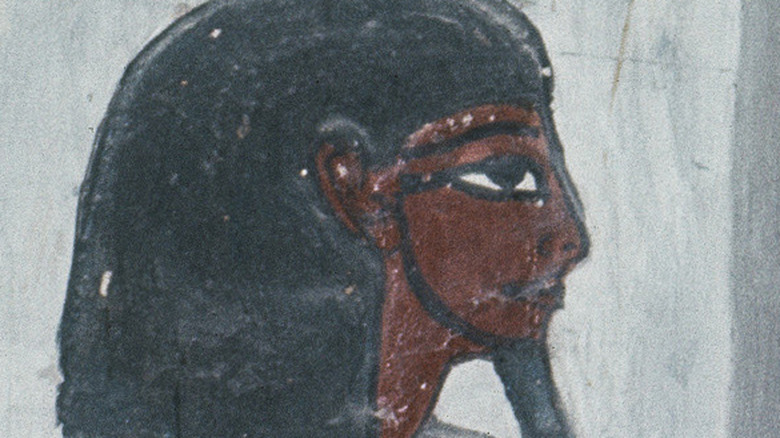These Ancient Cures For Balding Were Too Bizarre To Believe
Over the course of history, people have held a comprehensive fear of losing their hair. Even considering the numerous advances in science and technology, hair restoration still remains a legitimate concern among the various scams that live on the interwebs.
According to Hairskeen, people have reverted to what could be considered some of the most unique or incredibly odd techniques for revitalizing one's flowing hair and confidence. The cures were many and various, with some, from our modern perspective, perhaps appearing more odd than others.
The Ancient Egyptians believed the most effective way to cure a head-gone-bald was by a method which is still popular today: by wearing a wig and covering it up. In fact, many men in that time period wore wigs, as well as fake beards. Additionally, in true Egyptian fashion, some were also laced with gold.
However, this method did not stop the people of 1550 B.C. from at least trying to concoct a potion to cure hair loss, one which included snake, crocodile, hippo fats, tomcat, ibex, porcupine bristles, greyhound legs, and donkey hooves, all thrown into boiling water and placed on the head for four days. A report from Forbes says that some Egyptians also added dates, along with dog paws and donkey hooves, ground up together, in oil, to try and cure hair loss.
Not all hair restoration methods are created equal
Hippocrates, the Ancient Greek known as the "Father of Modern Medicine," claimed the true cure for resolving hair loss was to opt for castration. Although that method was probably as unpopular then as it would be today, he perceived that eunuchs were adorned with flowing locks. Perhaps less drastically, he also suggested a potion composed of horseradish, pigeon stool, beetroot, various spices, and opium.
Another early method to combat hair loss was sought in snake oil, endorsed by the Sutherland Sisters working with traveling patent medicine salesmen in the late 1800s. The sisters apparently had very impressive heads of hair, though the purported treatment was later revealed as a hoax (via Hairskeen).
Julius Caesar went an entirely different route and launched the infamous combover, by means of growing out the remaining back hair long and using it to cover up the bald areas up front. His hair, however, struggled to stay in place, so Cleopatra created a shampoo of mice, bear grease, and horse teeth to serve as a gel to help the hair hold its form, but it didn't work. According to Forbes, other Romans also utilized a rubbing lotion of myrrh berries on the scalp, though that, too, was a no-go.
If castration and applying soup poltices made of animal parts aren't your thing, perhaps resignation to fate and genetics is the best option. After all — Sir Patrick Stewart, Vin Diesel, Bruce Willis...

